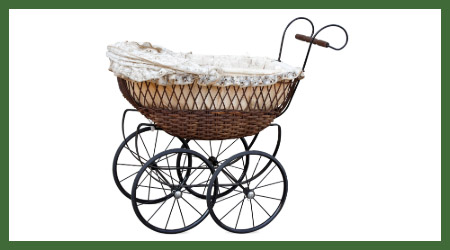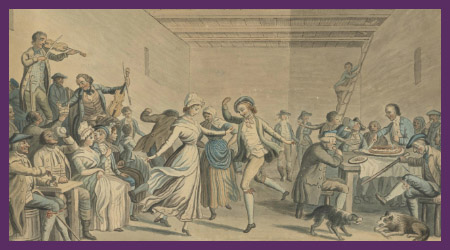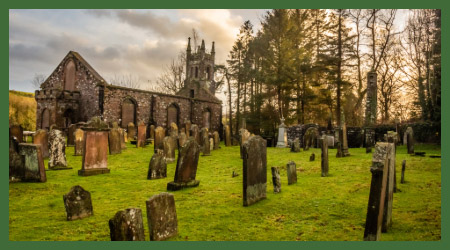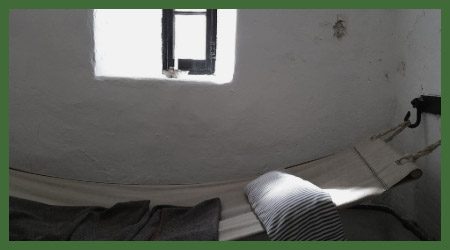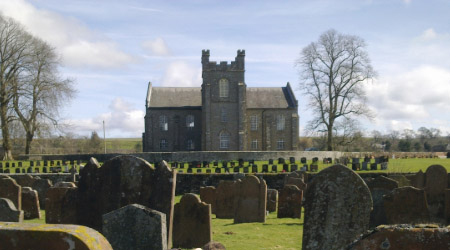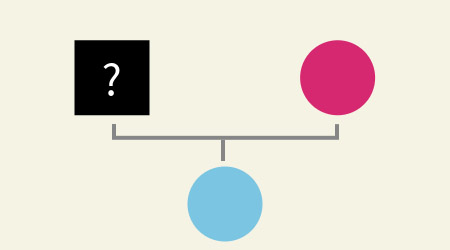Learning Zone - Crown Office Sudden and Suspicious Deaths
Case Study - Margaret Mill or Bett
Quick facts
There are no coroners in Scotland. Instead, deaths that need to be investigated are reported to the Procurator Fiscal. The Procurator Fiscal determines if the case should be reported to the Crown Office. Some of these reports lead to criminal proceedings, but in the period we have indexed, most did not.
These records give us the date that the case was transmitted or sent to the Crown Office. This will usually be very close to the date of death but unlikely to be the exact date of death. For example, a body found on the shore may be that of someone who died some days previously.
The volumes AD12/11-12, which cover the years 1848 to 1857, give a cause of death in almost all cases. The earlier volumes AD9/1-11 do not usually give this information.
Married women are recorded with their maiden and married surnames. For example, the death of Nelly Hogg or Jamieson was transmitted to the Procurator Fiscal on 1 October 1850. Hogg is Nelly’s maiden surname and Jamieson is her married surname. This makes finding and identifying women in this record set very easy. To learn more about the use of maiden surnames in Scottish records, visit our Learning Zone.
Sadly, in many cases the place of death is simply given as the court jurisdiction. These jurisdictions are the same as the sheriff courts which were operating at that time. A few entries, however, tell us precisely where the body was found but in many cases we will simply see a jurisdiction such as ‘Glasgow’ or ‘Linlithgow’.
The final column in the registers is usually ‘How disposed of’. This does not relate to the body but rather to how the case was to be proceeded with. In most instances we see ‘No proceedings’, which marks the end of the case. On other occasions we discover that the case led to criminal proceedings.
Digging Deeper
For cases where a crime had been committed the Procurators Fiscal had a few options. If there was evidence against a perpetrator, the case may have gone to court. This was often the High Court so you could try searching ‘Scotland’s Criminal Database’ on this website to see if there is a corresponding High Court record. In some cases we see that the investigation continued for a while but the perpetrator was never found, or there was insufficient evidence.
In most cases the deceased in these records died due to a tragic accident or in other circumstances which were not suspicious. Even though no crime had been committed there may be an entry in a newspaper reporting the event.
It’s also worth looking for a corresponding entry in the Old Parish Records (OPRs) on ScotlandsPeople (these are in the Church registers section). These records may contain different details and having both entries could help with your research.
No Proceedings
It seems that although paperwork was once created for the cases where there are ‘No Proceedings’, these documents do not seem to have survived. We therefore have to rely on alternative sources to fill in the gaps. Try looking for newspaper entries related to the event, a corresponding burial record or a gravestone.
It may also be worth looking at Kirk Session records, especially if the deceased was a man who was married or had dependent children. Before 1845 the Church of Scotland Kirk Session were responsible for administering relief for the poor in their parish. There may be a record of the Church paying money to the widow to support her and her children. From 1845 onwards, the system was changed and the responsibility for supporting the poor of the parish transferred to the Parochial Boards. Again consulting these poor relief records may be very informative.
Coverage of our Index
Our index covers the period from the start of the series in 1823 up to 1857. All surviving entries have been indexed. We have indexed a variety of other ‘non-OPR’ death records, most of which are pre-1855. You can see the coverage of our indexes here.
Case Study - Margaret Mill or Bett
When tracing our ancestors it is important to consult as many records as possible, even when we have found the date of a significant life event. There may be overlapping information but different records may also have extra details which can enrich our research.
Take, for example, the case of Margaret Mill, the wife of David Bett, a painter living in Edinburgh. Margaret Mill or Bett’s death is recorded in the parish register of South Leith (ScotlandsPeople, reference OPR692-2/38, image 0038). This entry spells her maiden surname as ‘Mills’. Here is a transcription:
“23. Mills, or Bett.
Margaret, Spouse of David Bett, Printer, from No. 4 Brown Street, is buried in the Old ground. Foot at S.W. C[orne]r of W. Marshalls fl[a]t st[one].
25 [years of age]; Fever, Puerperal”
As you may know, not all pre-1855 deaths can be found in the parish registers. Of those that are recorded, some are very basic in terms of what is recorded. This entry is very good for the period and we may be quite excited to find such a detailed entry. The age and cause of death may stand out to us. It seems that Margaret died due to complications related to childbirth, aged just 25 years. Having found such an interesting entry we may stop searching for records relating to Margaret’s death. If we did that, though, we would miss a vital piece of the story.
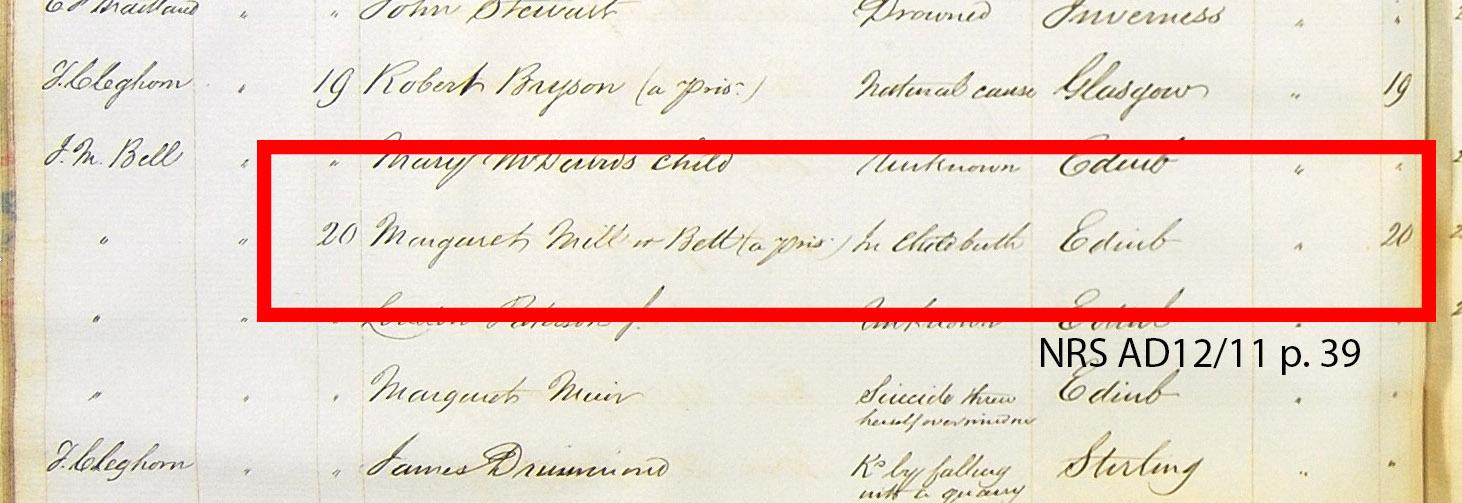
Margaret Mill or Bett also appears in the Crown Office Sudden Deaths. In this record we are told a new piece of information: Margaret was in prison. Why was Margaret in prison? Let’s keep searching, keep digging.
Searching Scotland's Criminal Database should tell us even more. We discover that Margaret was tried on 10 March 1851 and found guilty of ‘reset of theft’. Reset is the receiving and keeping of stolen goods, knowing them to be stolen. Margaret’s death was reported to the Crown Office just ten days later on 20 March 1851 and she was buried on 23 March 1851.
We don’t know the due date of Margaret’s baby but presumably Margaret was heavily pregnant during her trial and sentencing. We’re now seeing the picture much more clearly than we did from the original church burial register.
We can continue to put the pieces of the family together following Margaret’s death. The 1851 census was taken on the night of 30 March 1851 and searching it we find that David Bett was a lodger in Kelso, Roxburghshire. Another search in Scotland's Criminal Database reveals that David Bett was himself imprisoned in 1848.
When we keep digging, keep searching and keep asking questions we discover more about the lives of our ancestors. We can piece together their lives and discover so much more than names and dates. It is our hope that this index to Crown Office Sudden and Suspicious Deaths 1823-1857 will help you learn more about your family.
Case Study - Robert Drew
Robert Drew’s death is recorded in the records of the Church of Scotland (reference ScotlandsPeople, OPR 644-1/67, image 0247). The entry reads as follows:
“1848 Sept[embe]r 15
Rob[er]t Drew; 19 [years]; Turner; Accident; 2 6 [fee paid of two shillings and six pence].”
We learn a fair bit from this record. Robert Drew was 19 years old, a turner and his death was the result of an accident. The Crown Office Sudden and Suspicious Deaths which have been recently added to Scottish Indexes will tell us more. These are straightforward to search. The following information has been indexed: Name, year and county of death. We also supply the full reference for the original record which is held by the National Records of Scotland. Here is a link to Robert’s index entry.
You can order the full entry from Scottish Indexes. We will supply a transcription and an image of the original entry. The full entry fills in some blanks:
“1848
A[dvocate] D[epute]: E Maitland
Date of Receipt: Novem[ber] 29
Name: Robert Drew, [cause:] Killed by fall[in]g off wing of house being taken d[ow]n
Jurisdiction: Glasgow
Date of Transmitting: Novem[ber] 29
Additional Procedure: [blank]
When returned, with opinion: Decem[ber] 2
How disposed of: No proceedings”
It can be tempting to stop our search for records relating to a death once we have the date of death. When we keep searching, we can discover more about the lives of our ancestors and it can bring the family story together.
The Crown Office Sudden and Suspicious Deaths are part of our larger Non-OPR Births/Baptisms, Banns/Marriages and Deaths/Burials Indexes. Jump straight into the index here.

